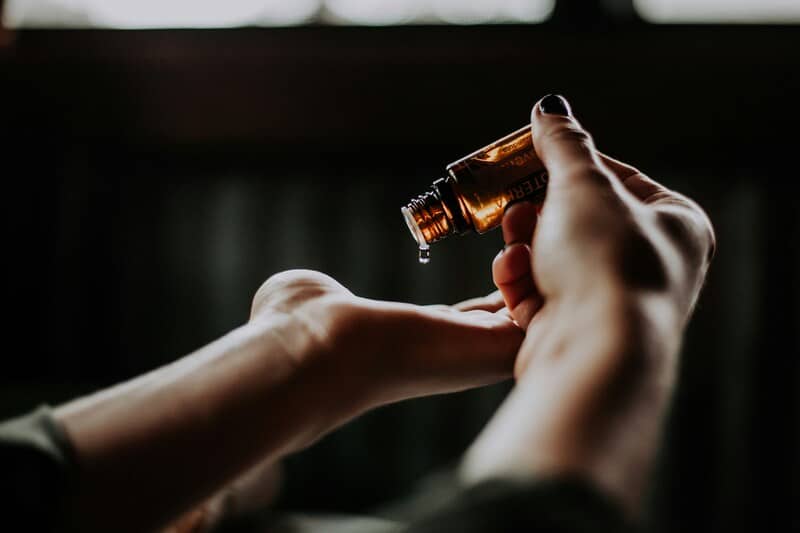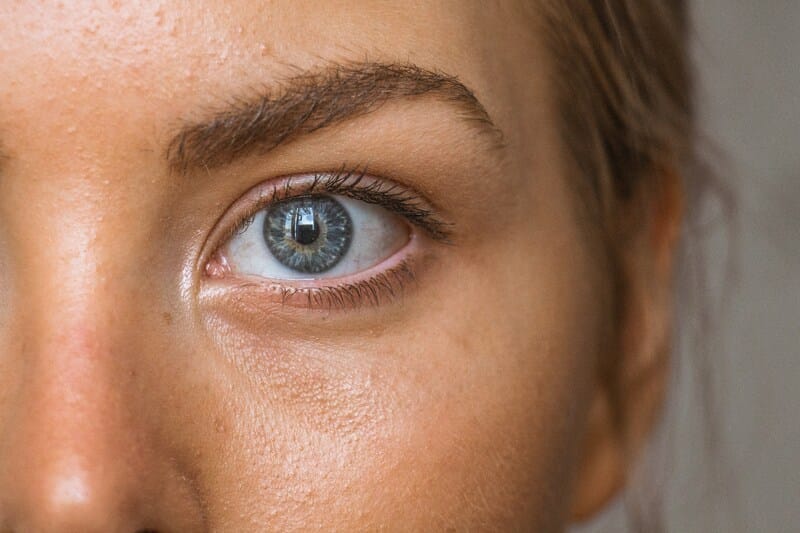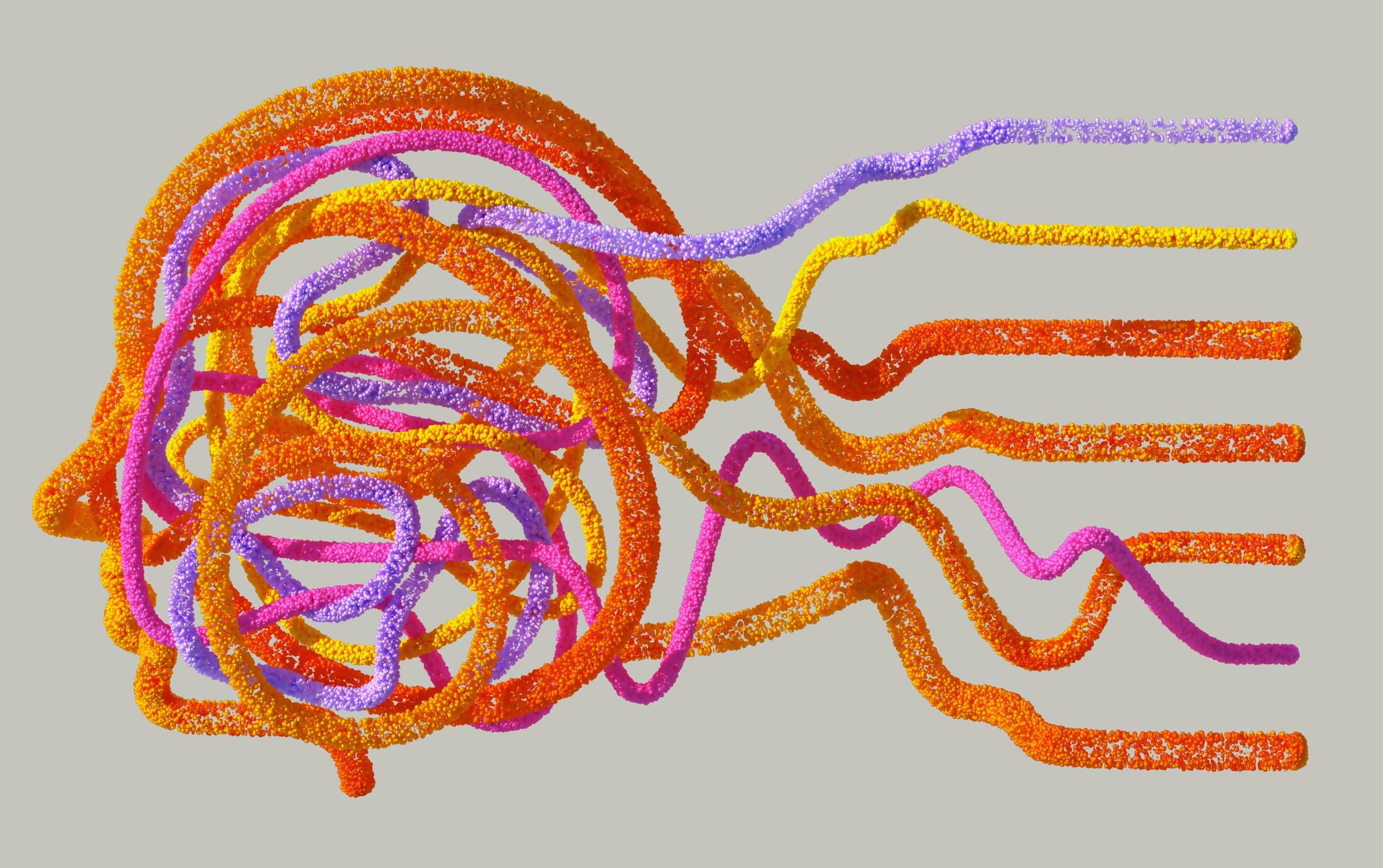People who experience frequent exposure to stress are likely to trigger various physical side effects that impact their health. Besides common conditions like headaches and high blood pressure, stress can give someone dermatological issues such as stress rashes. Although stress causes psychological disorders, it also affects people physically, especially in the skin.
Understanding Stress Rashes
In particular, stress rashes typically affect individuals who may already have underlying skin conditions such as psoriasis, eczema, or rosacea. Moreover, environmental factors like animal dander, certain foods, and pollen can trigger someone’s allergies, which may lead to them getting stress rashes.
Sadly, it’s possible for people to experience rashes without having a pre-existing skin condition. With that said, some individuals may experience stress rashes from sun exposure or sudden changes in the weather. Accordingly, family medicine physician, Dr Erin. Lester stated that the body responds to stress by releasing chemicals that may increase skin sensitivity and inflammation. Due to this heightened sensitivity, people risk suffering from flair-ups or existing skin issues getting worse.
Stress Rash Appearance and Persistency
Usually, stress rashes appear as hives, described as bloated red bumps that can affect any area of the body. However, these rashes are typically found on exposed skin such as the face, chest, arms, or neck and come in various sizes. For instance, they can range from small dots to huge welts on the skin and risk forming into clusters over time. Furthermore, someone can suffer from excessive itching, tingling, or even burning sensations due to having stress rashes.
Fortunately, stress rashes don’t typically indicate a serious health issue as they can go away without any outside health from medications. While these rashes can disappear within a few days, they can still return. In rare cases, someone can experience stress rashes for longer durations of about six weeks.
Although stress rashes aren’t life-threatening, their recurring nature can cause discomfort and frustration within people. Moreover, someone may experience smelling in the lips or throat, or have difficulty breathing, which may expose a much more serious health problem. Either way, people should manage their stress levels to reduce the severity and frequency of these rashes from appearing.
Stress Rash Treatments

To prevent further issues, one should avoid scratching or picking at a stress rash. Not only does this risk worsening the condition, but it potentially spreads harmful bacteria through cuts in the skin. Instead, home treatments can relieve the itching and swelling as they’re a safer alternative. These home treatments including ice packs or cool compresses are very effective at reducing a person’s risk of developing stress rashes. However, when using home treatments, ice shouldn’t be applied to the skin due to the possibility of causing more damage to one’s skin.
If seeking medication, antihistamines purchased from over-the-counter like Zyrtec and Benadryl may also be beneficial in combating stress rashes. Before use, one should ensure they either read the labels to know their side effects or contact a pharmacist for recommendations. For rashes persisting for over a week or ones that worsen over time, an individual may need to seek a doctor for help. The good news is that a hospital visit isn’t required as a diagnosis can be completed through a tablet or mobile phone.
Other Factors Causing Stress Rash Outbreaks
Keep in mind, however, that an individual who finds a rash on their body may not have stress rashes, specifically. Instead, they could get affected by other factors such as insect bites or eczema, which can also form rashes on the body. Even contact dermatitis gained from certain allergens like fabrics and chemicals can lead to their development.
Many factors including infections, exposure to heat or cold, and specific medications such as antibiotics can cause rashes. Individuals with hay fever are most likely to exhibit rashes due to allergens entering their body causing a bad reaction. Besides environmental and physical factors, stress caused by one’s emotional state can lead to an outbreak of stress rashes. This happens when chemical or hormonal changes from stress force blood vessels to enlarge and leak, which can turn into a stress rash.
Final Thoughts
Despite causing physical effects, stress is how the body naturally reacts to anxiety-inducing or overwhelming situations. With that said, stress rashes may signal a cry for help that one must reduce their anxiety stemming from finances, relationships, work, or other specific factors. Whether changing one’s situation or their response to it, a person can ultimately reduce their anxiety, preventing an outbreak.
Disclaimer: This article is intended simply to provide information. It does not replace the medical advice of a physician or other medical professional. Please speak with your doctor or therapist if you have any questions or concerns.










